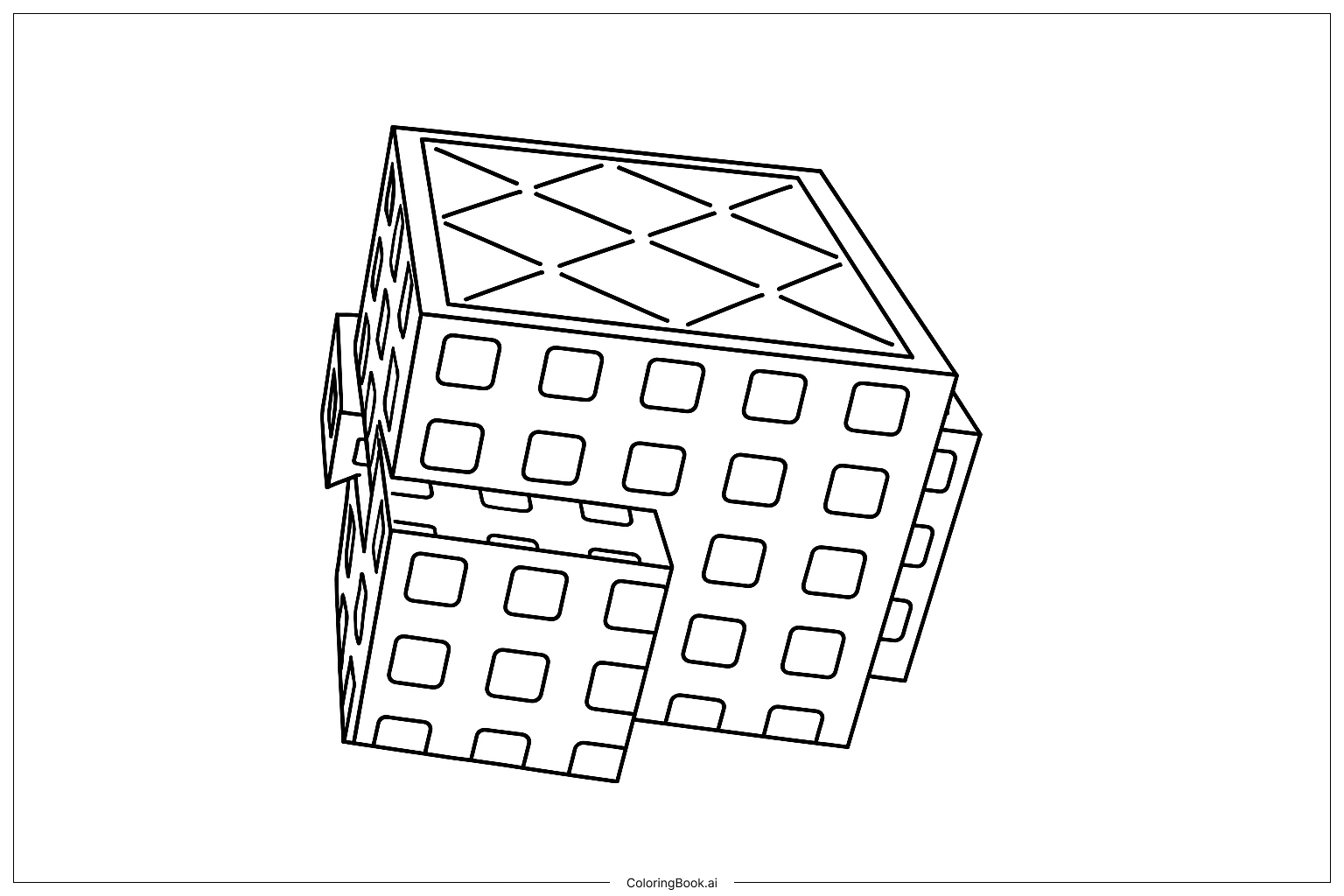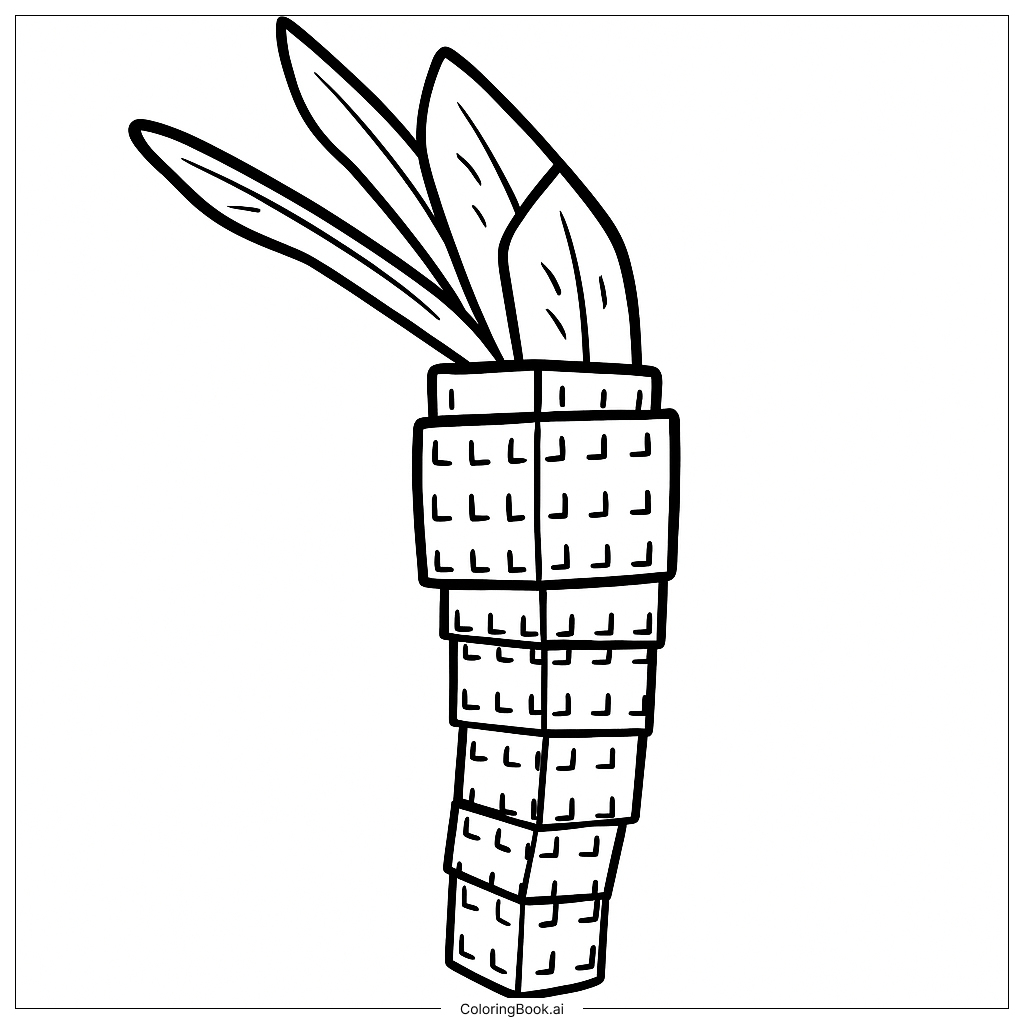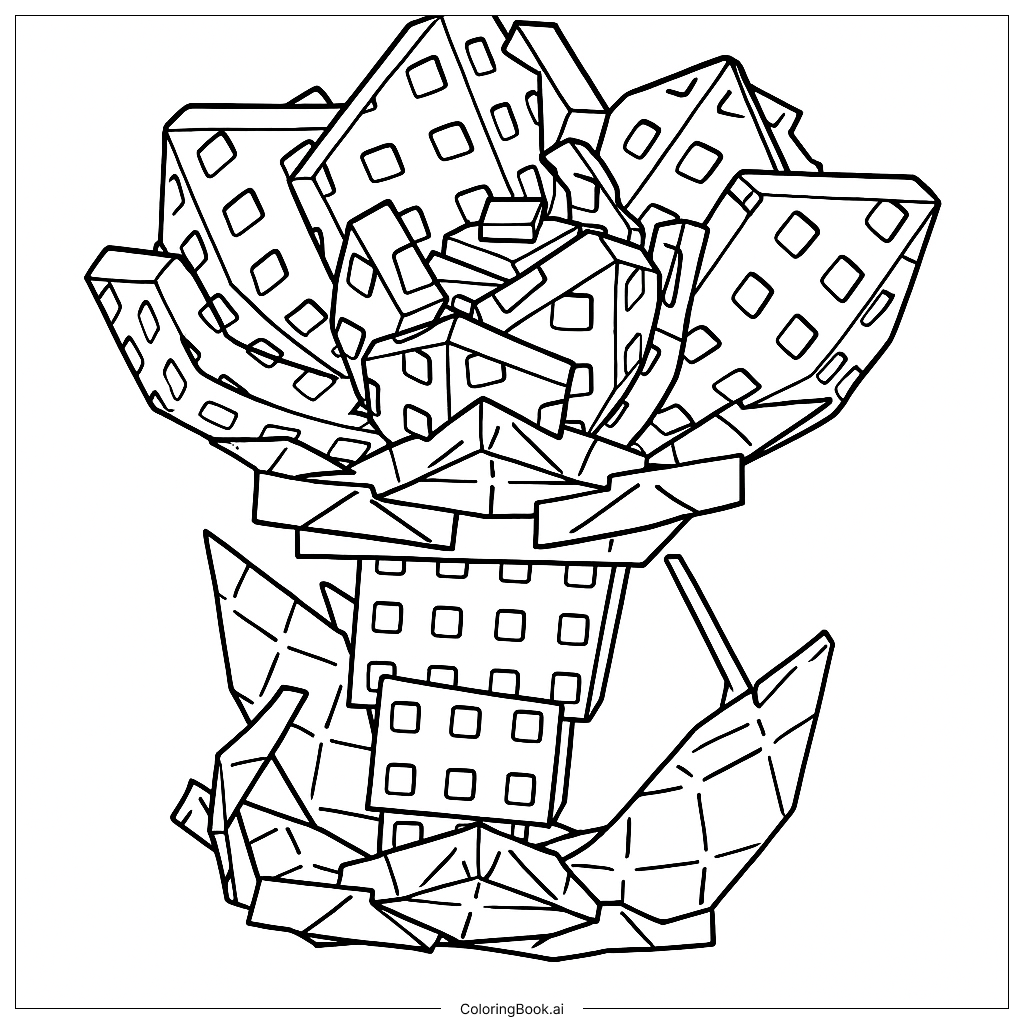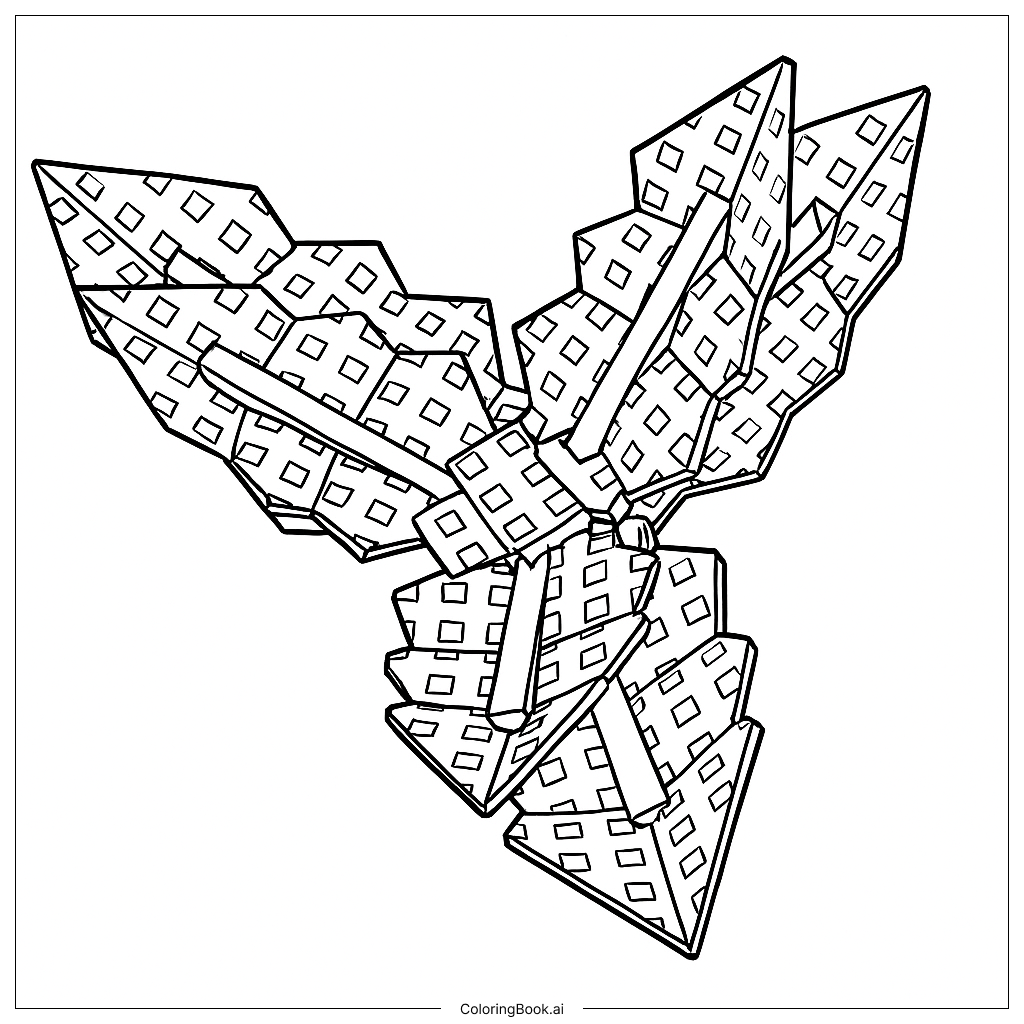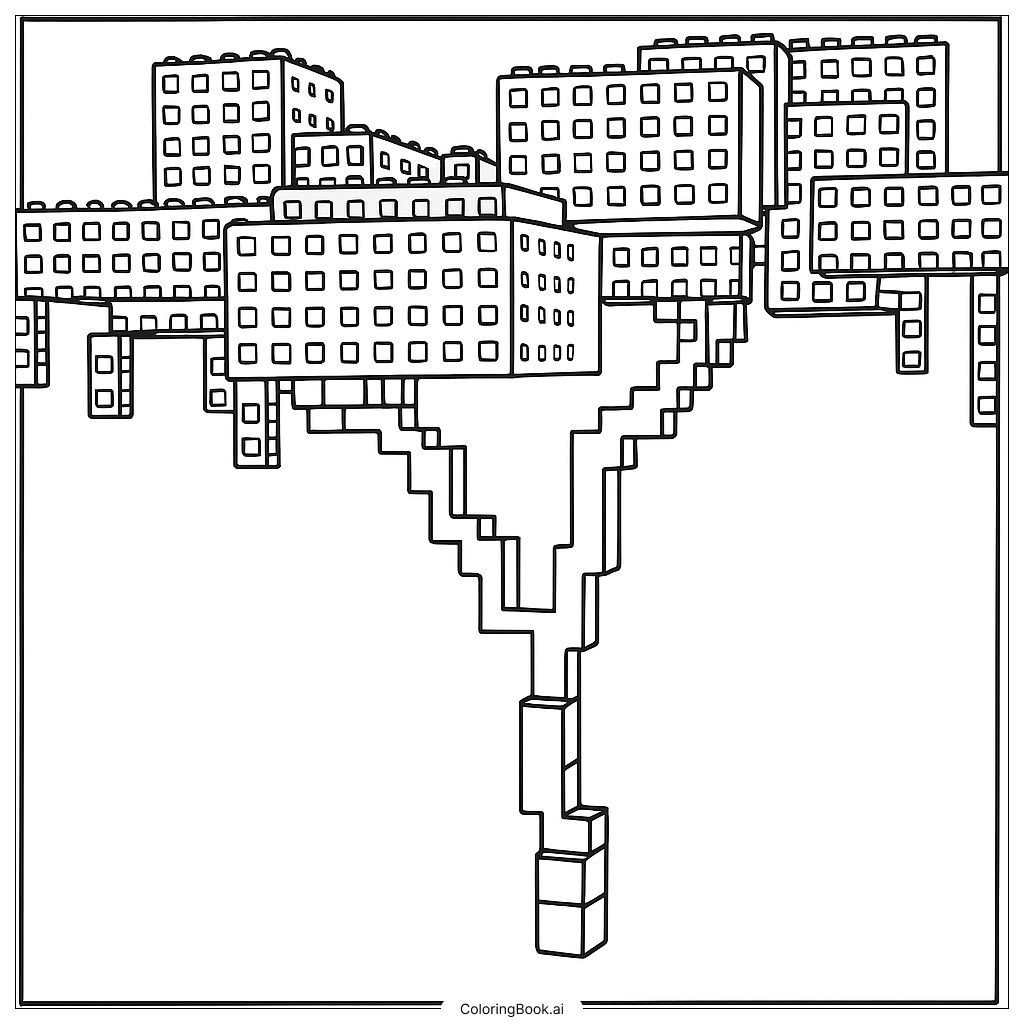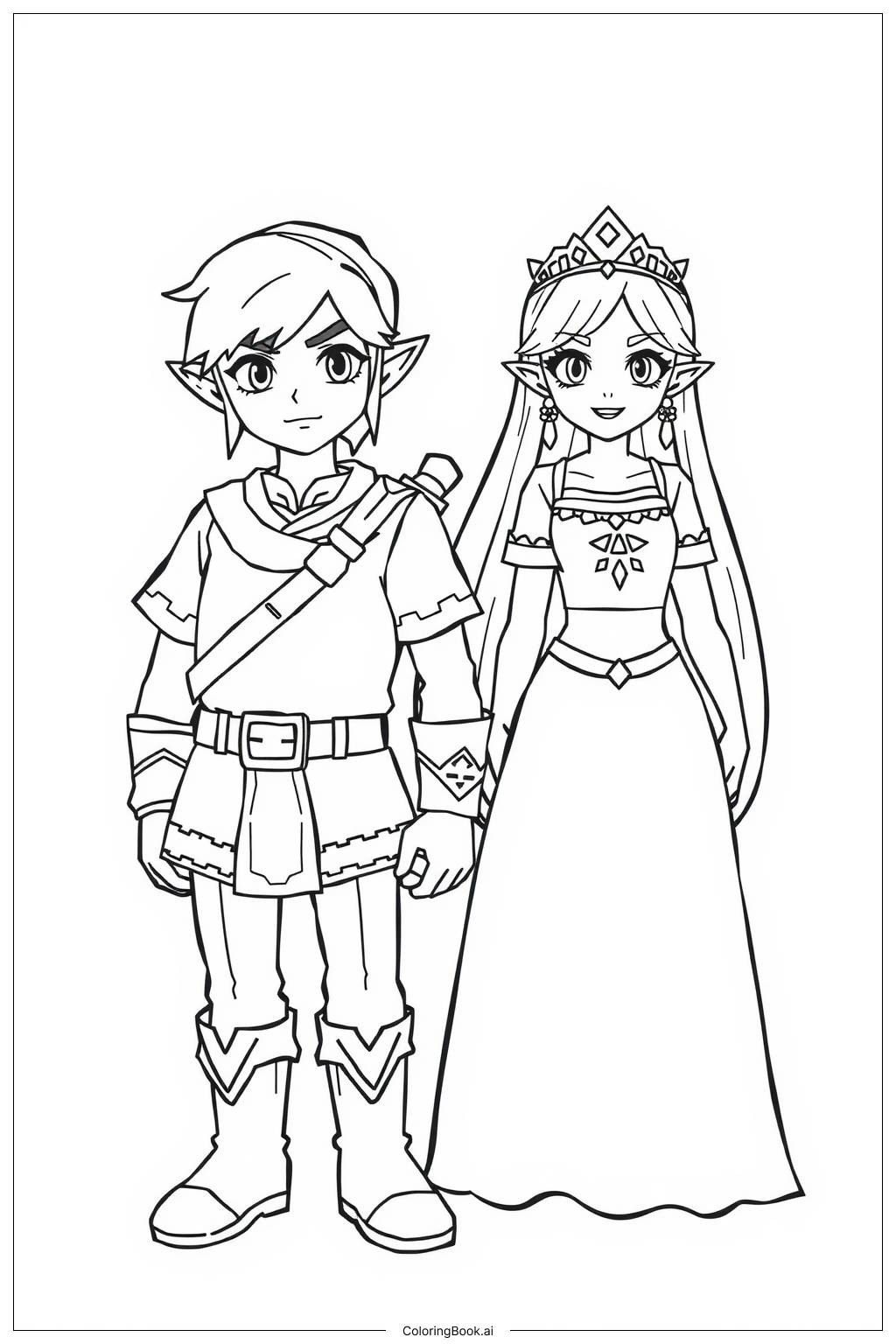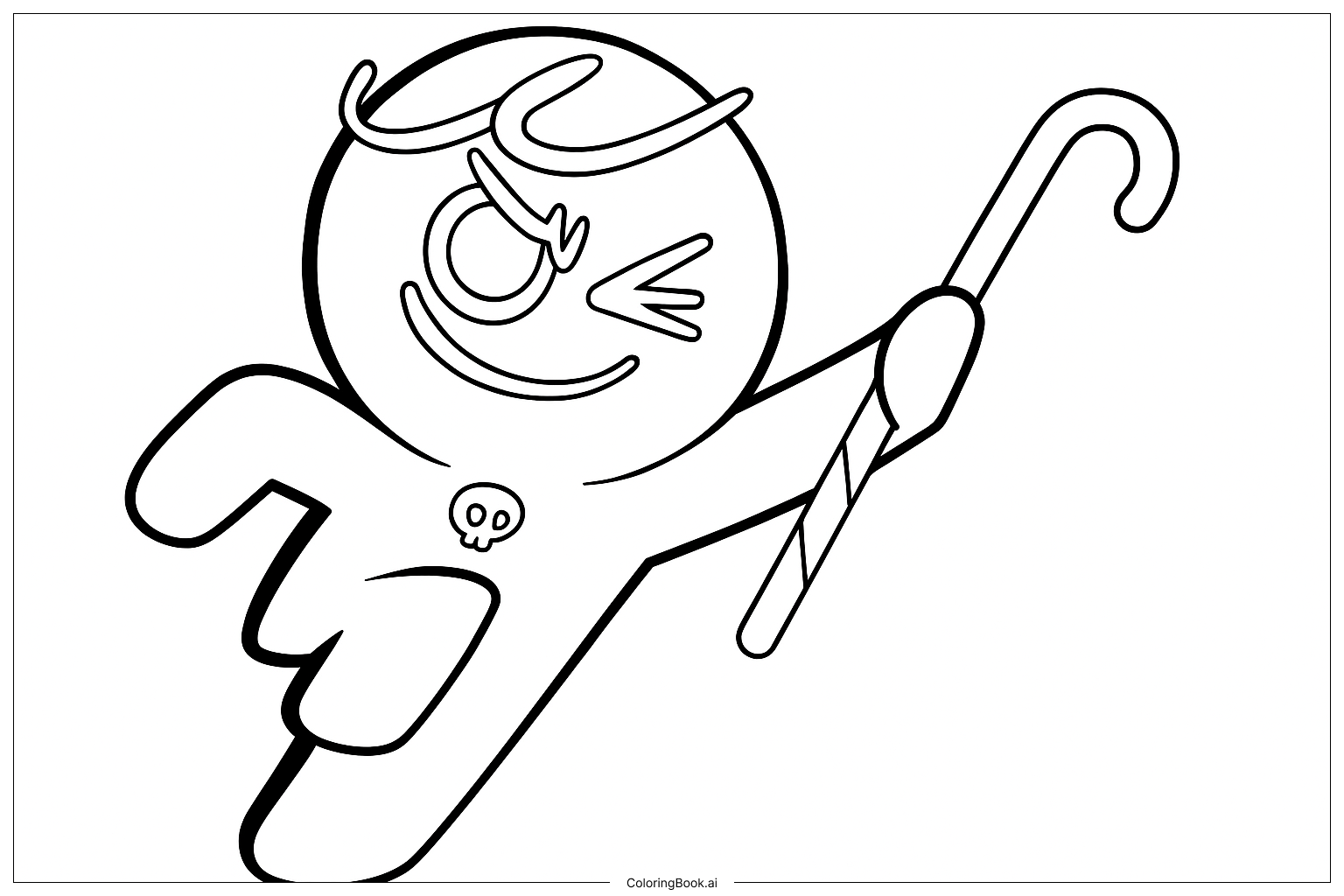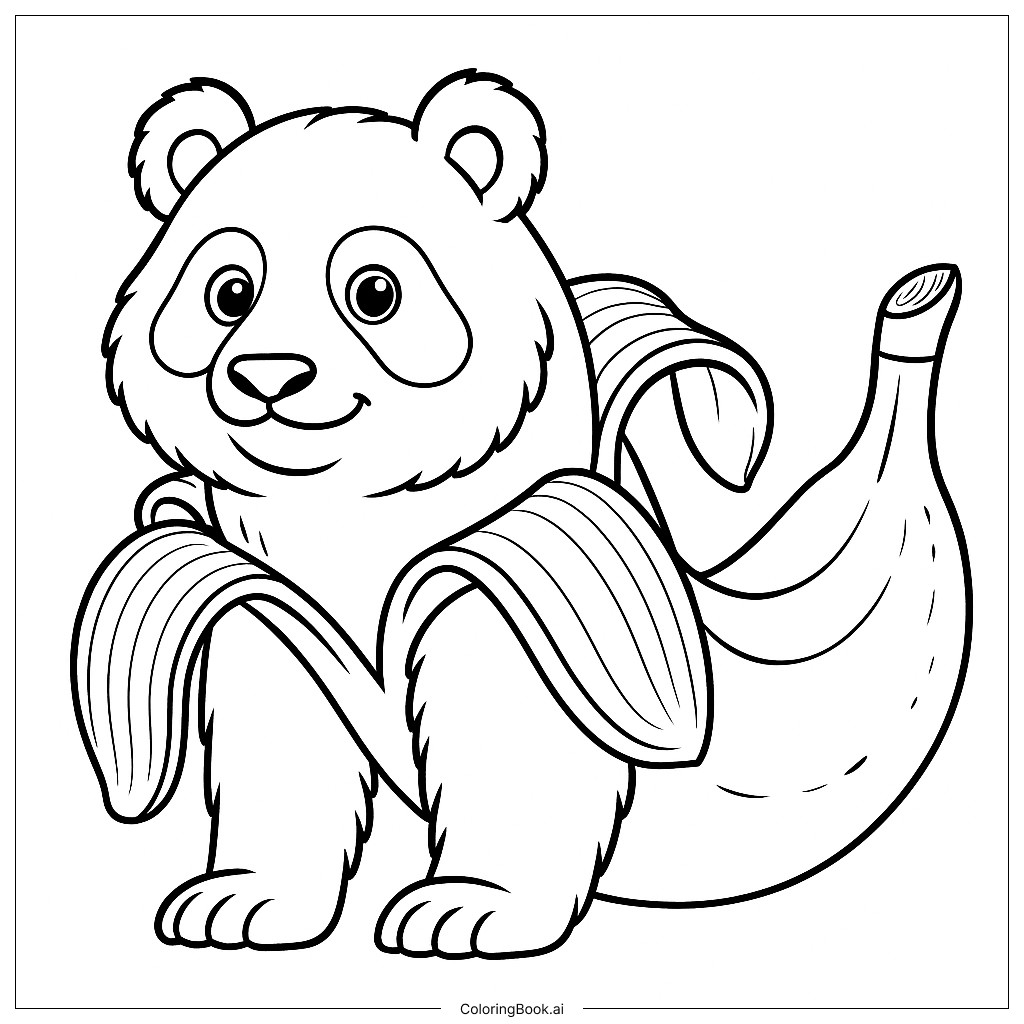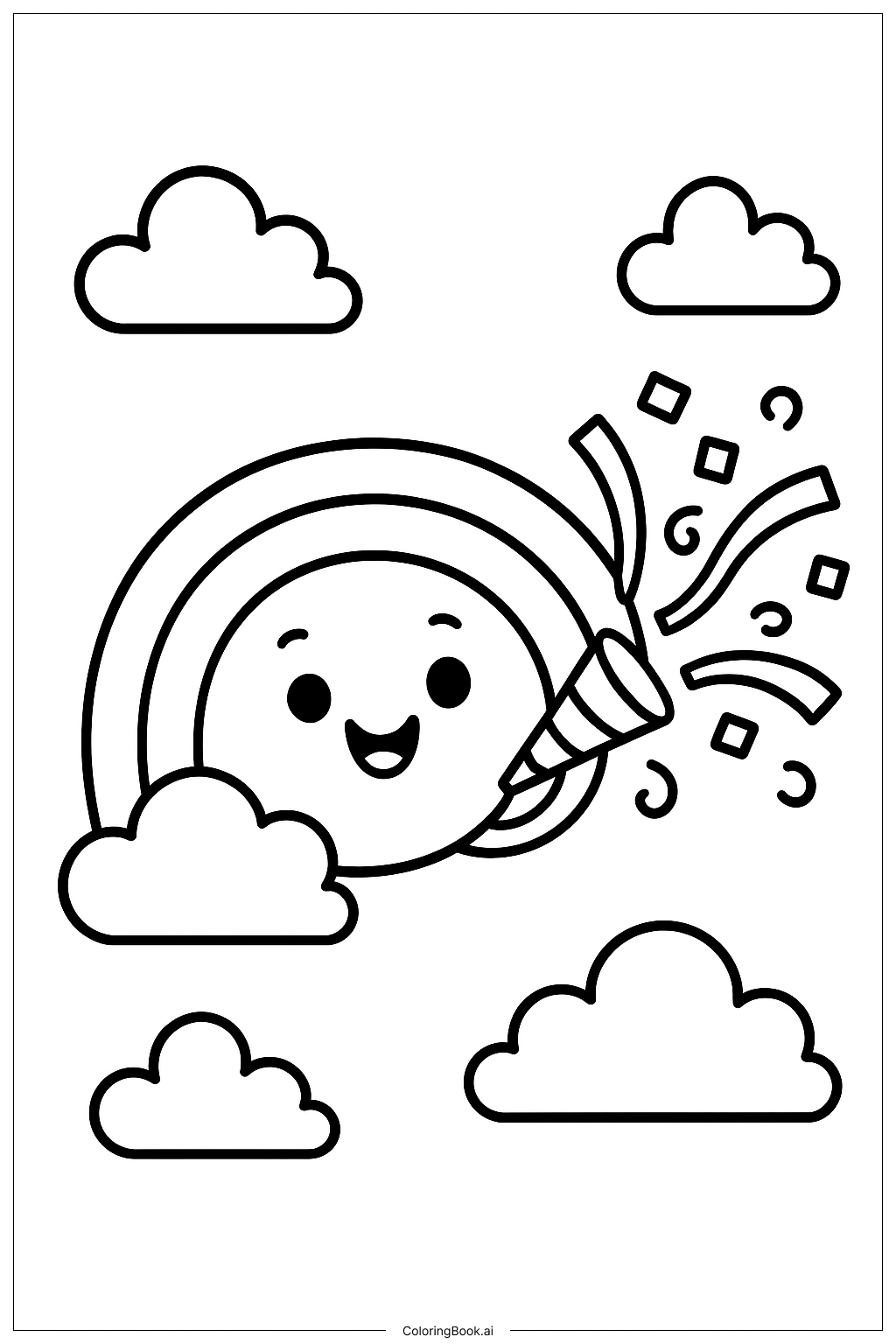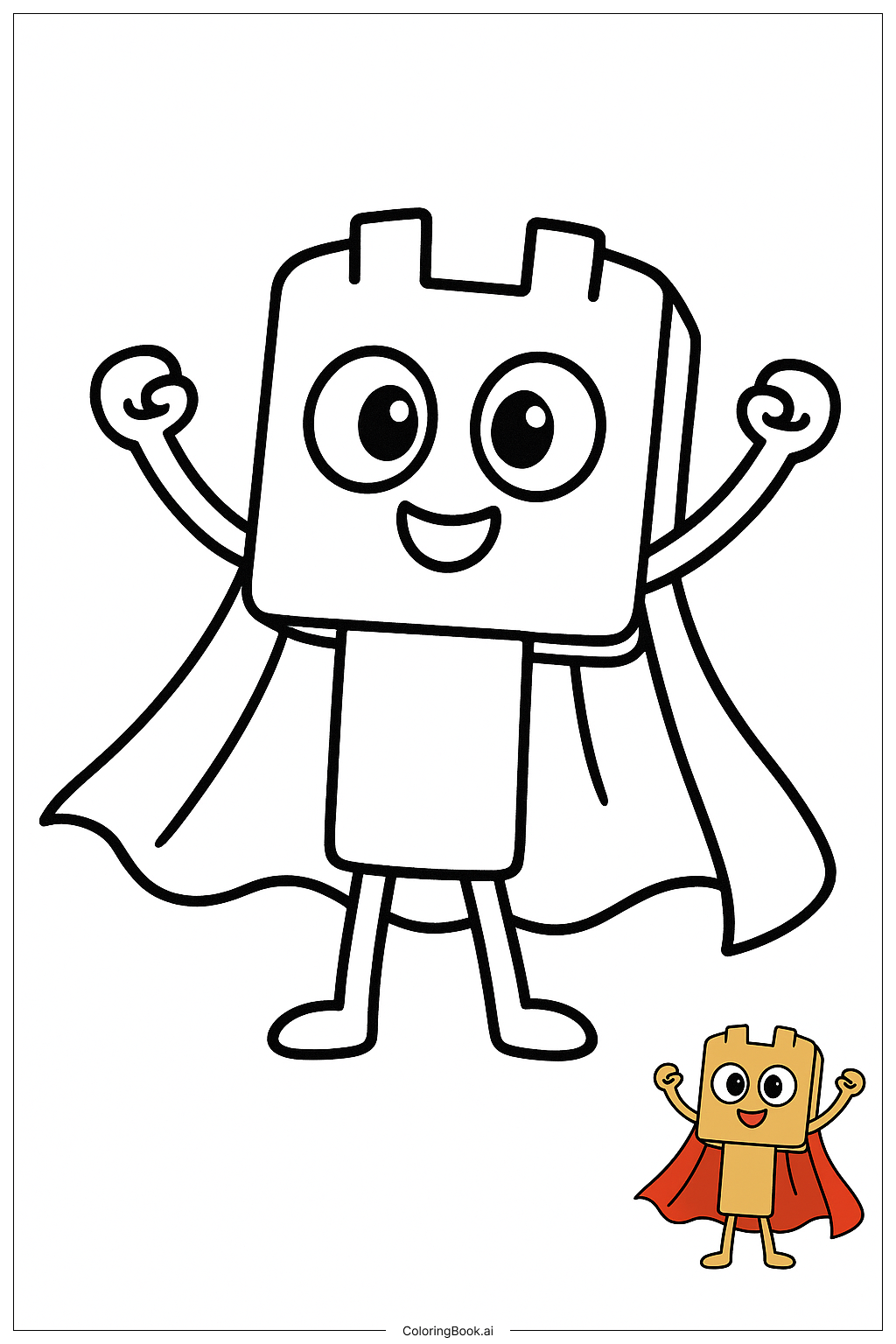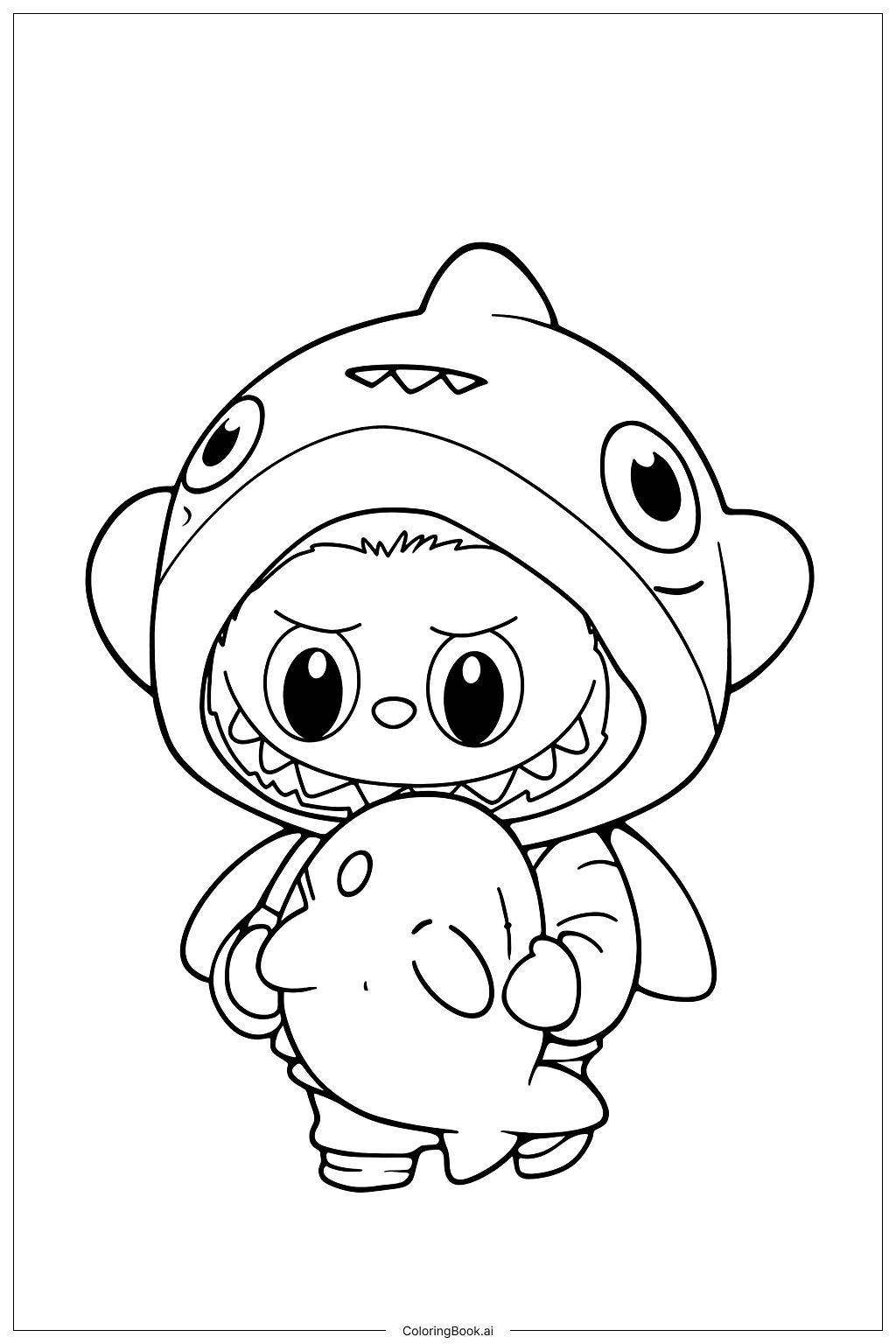Coloring tips: How to color Dusk Puff coloring page well?
To color this picture, try using a variety of bright and contrasting colors for each cube to make them stand out. You can color the squares on each face with different shades of the same color to give a 3D effect. Use lighter colors on the top faces and darker colors on the sides to create a sense of light and shadow. Feel free to use patterns or gradients inside the squares for more interesting details. Using colored pencils or markers with fine tips can help you stay inside the small squares.
Coloring challenges: Which parts are difficult to color and need attention for Dusk Puff coloring page?
1. The many small squares on the cube faces can be tricky to color neatly due to their size.
2. Keeping the shading consistent across different sides to show the 3D effect requires attention.
3. Coloring the diagonal pattern on the top cube needs careful precision to maintain symmetry.
4. The overlapping cubes make it hard to decide where one ends and another begins when coloring.
5. Avoiding color bleeding between small squares might require a steady hand and patience.
Benefits of coloring books: Advantages of drawing Dusk Puff coloring page
Coloring this image helps improve hand-eye coordination and fine motor skills as children carefully color inside the small squares. It encourages creativity by allowing them to experiment with different color combinations and shading techniques. Filling in geometric patterns also enhances focus and attention to detail. This activity can boost confidence as children see their work come to life with colors. Plus, it fosters an understanding of light and shadow through coloring different cube faces.
